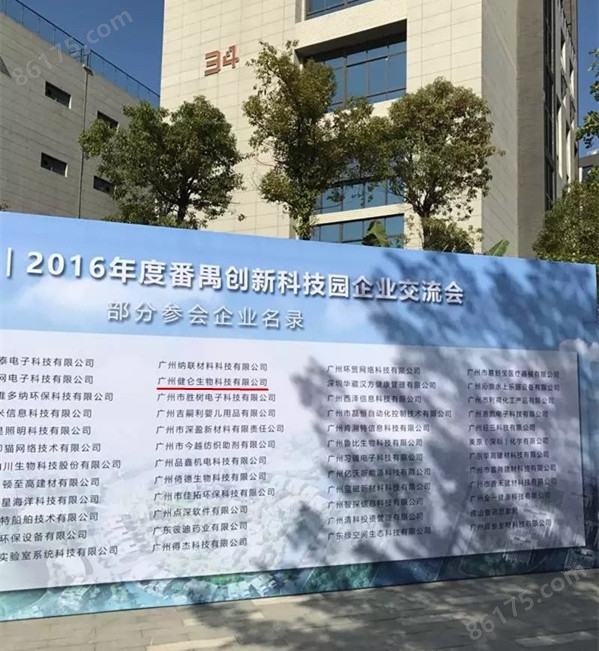其他品牌 品牌
代理商厂商性质
广州市所在地
猫杯状病毒IgG免疫荧光玻片
Feline Calicivirus IgG IFA Substrate slide
广州健仑生物科技有限公司
主要用途:用于检测猫血清中猫杯状病毒IgG抗体
产品规格:12 孔/张,10 张/盒
主要产品包括:包柔氏螺旋体菌、布鲁氏菌、贝纳特氏立克次体、土伦杆菌、钩端螺旋体、新型立克次体、恙虫病、立克次体、果氏巴贝西虫、马焦虫、牛焦虫、利什曼虫、新包虫、弓形虫、猫流感病毒、猫冠状病毒、猫疱疹病毒、犬瘟病毒、犬细小病毒等病原微生物的 IFA、MIF、ELISA试剂。
猫杯状病毒IgG免疫荧光玻片
我司还提供其它进口或国产试剂盒:登革热、疟疾、西尼罗河、立克次体、无形体、蜱虫、恙虫、利什曼原虫、RK39、汉坦病毒、深林脑炎、流感、A链球菌、合胞病毒、腮病毒、乙脑、寨卡、黄热病、基孔肯雅热、克锥虫病、违禁品滥用、肺炎球菌、军团菌、化妆品检测、食品安全检测等试剂盒以及日本生研细菌分型诊断血清、德国SiFin诊断血清、丹麦SSI诊断血清等产品。
欢迎咨询
欢迎咨询2042552662

| JL-FL54 | 牛双芽巴贝西虫免疫荧光玻片 | babesia bigemina IFA Substrate slide |
| JL-FL55 | 牛双芽巴贝西虫免疫荧光试剂盒 | babesia bigemina IFA Kit |
| JL-FL56 | 牛巴贝西虫免疫荧光玻片 | babesia bovis IFA Substrate slide |
| JL-FL57 | 牛巴贝西虫免疫荧光试剂盒 | babesia bovis IFA Kit |
| JL-FL58 | 驽巴贝西虫免疫荧光玻片 | babesia caballi IFA Substrate slide |
| JL-FL59 | 驽巴贝西虫免疫荧光试剂盒 | babesia caballi IFA Kit |
| JL-FL60 | 马泰勒虫免疫荧光玻片 | theileria equi IFA Substrate slide |
| JL-FL61 | 马泰勒虫免疫荧光试剂盒 | theileria equi IFA Kit |
| JL-FL62 | 利什曼虫IgG免疫荧光试剂盒 | Leishmania IgG IFA Kit |
| JL-FL63 | 新孢子虫IgG免疫荧光试剂盒(检测狗) | Neospora caninum IgG IFA Kit |
| JL-FL64 | 新孢子虫IgG免疫荧光试剂盒(检测马) | Neospora caninum IgG IFA Kit |
| JL-FL65 | Feline Calicivirus IgG IFA Substrate slide | |
| JL-FL66 | 猫冠状病毒IgG免疫荧光玻片 | Feline Coronavirus IgG IFA Substrate slide |
| JL-FL67 | 猫疱疹病毒IgG免疫荧光玻片 | Feline Herpesvirus IgG IFA Substrate slide |
| JL-FL68 | 犬瘟病毒IgG免疫荧光玻片 | Canine Distemper IgG IFA Substrate slide |
| JL-FL69 | 犬细小病毒IgG免疫荧光玻片 | Canine Parvovirus IgG IFA Substrate slide |
二维码扫一扫
【公司名称】 广州健仑生物科技有限公司
【】 杨永汉
【】
【腾讯 】 2042552662
【公司地址】 广州清华科技园创新基地番禺石楼镇创启路63号二期2幢101-3室
【企业文化】


由于脂肪的存在,厚组织都是不透光的。要进行成像就得把组织切得特别薄,问题是这样就无法获得组织的3D结构。近年来出现了一些通过去除脂肪让组织变透明的方法,不过这些方法大多需要在组织透明化之前,构建和表达发荧光的目标蛋白。随后,斯坦福大学的Karl Deisseroth开发出CLARITY技术,该技术允许人们在组织透明化之后,使用标记抗体或核酸探针,大大拓展了组织透明化的应用。不过CLARITY处理组织仍有大小限制,Deisseroth说。
在本研究中,文章的资深作者Viviana Gradinar将自己的全身组织透明化技术称为PARS(perfusion assisted agent release in situ)。该技术在CLARITY技术的基础上,将透明剂持续泵入动物的循环系统(或者通过脑脊液管道泵入大脑),让试剂逐渐进入组织。Gradinaru等人利用PARS建立了几乎*透明的小鼠和小鼠器官,并用荧光抗体在其中揭示不同的细胞和结构。
“这是一次重要的技术进步,”麻省大学的Guangping Gao教授评论道,他的研究方向是开发腺病毒相关载体用于基因治疗。“可以为我们揭示病毒如何穿过血管进入细胞,以及宿主如何与病毒载体相互作用。”
Gradinaru指出,PARS特别适合用来观察机体中的长神经元。“这一方法可以帮助人们定位周围神经系统,”她说。
PARS可以同时定位DNA、RNA和蛋白,“但仍然受到抗体扩散能力的限制,”Gradinaru说。因此在使用这一技术时,使用纳米抗体等较小的标记。另外,数据处理也是PARS面临的一大挑战。
日本RIKEN和东京大学的科学家们,将组织脱色与光切荧光显微镜结合起来,成像了多种器官乃至整个生物体,得到了极为详细的内部图像。这一成果发表在本期的Cell杂志上。理解生命的运作方式是一直系统生物学的*梦想。将组织和生物体透明化然后进行单细胞分辨率的精确成像,将成为实现这一梦想的全新途径。
研究人员在这项研究中采用了一种名为CUBIC(Clear, Unobstructed Brain Imaging Cocktails and Computational Analysis)的方法,他们之前曾用这个方法成像了整个大脑。大脑组织富含脂类比较容易透明化,但机体其他部分含有许多能够吸收光的生色团(chromophore),比如血红素heme。血红素是血红蛋白的重要组分,存在于机体的绝大多数组织,并且会阻断光线。
Thick tissues are opaque due to the presence of fat. For imaging, the tissue must be cut so thin that the problem is that the 3D structure of the tissue can not be obtained. In recent years there have been some ways to make tissues transparent by removing fat, but most of these methods require the construction and expression of a fluorescent target protein before the tissue is transparent. Subsequently, Karl Deisseroth of Stanford University developed CLARITY technology, which allows people to use labeled antibodies or nucleic acid probes after tissue is transparent, greatly expanding the use of tissue transparency. However, CLARITY processing organizations still have size restrictions, Deisseroth said.
In the present study, Viviana Gradinar, a senior author of the article, described his whole-body tissue opacification technique as PARS (perfusion assisted agent release in situ). Based on CLARITY technology, this technology pumped clear agent continuously into the animal's circulatory system (or into the brain through the cerebrospinal fluid) to allow the gradual entry of the agent into the tissue. Gradinaru et al. Used PARS to establish almost compley transparent mouse and mouse organs, revealing different cells and structures with fluorescent antibodies.
"This is an important technological advance," said Professor Guangping Gao at the University of Massachusetts. His research interests include the development of adenovirus-associated vectors for gene therapy. "It shows us how the virus goes through the bloodstream into the cell and how the host interacts with the viral vector."
Gradinaru notes that PARS is particularly well suited for observing long neurons in the body. "This method helps people to locate the peripheral nervous system," she said.
PARS can position DNA, RNA and proteins simultaneously, "but is still limited by the ability of antibodies to proliferate," said Gradinaru. Therefore, in the use of this technology, it is best to use smaller labels such as Nanobodies. In addition, data processing is also a major challenge facing PARS.
Scientists at Japan's RIKEN and the University of Tokyo combined tissue decolorization with light-cut fluorescence microscopy to image a wide range of organs and even entire organisms and obtain extremely detailed internal images. This result is published in the current issue of Cell magazine. Understanding the way life works is the ultimate dream of systems biology. Transparency of tissues and organisms followed by precise imaging of single-cell resolution will be a new way to achieve this dream.
In this study, the researchers used a method called CUBIC (Clear, Unobstructed Brain Imaging Cocktails and Computational Analysis), which they had previously used to image the entire brain. Cerebral tissue is more lipid-rich and more transparent, but the rest of the body contains many chromophores that absorb light, such as heme. Heme is an important component of hemoglobin, exists in the vast majority of the body's tissues, and will block the light.